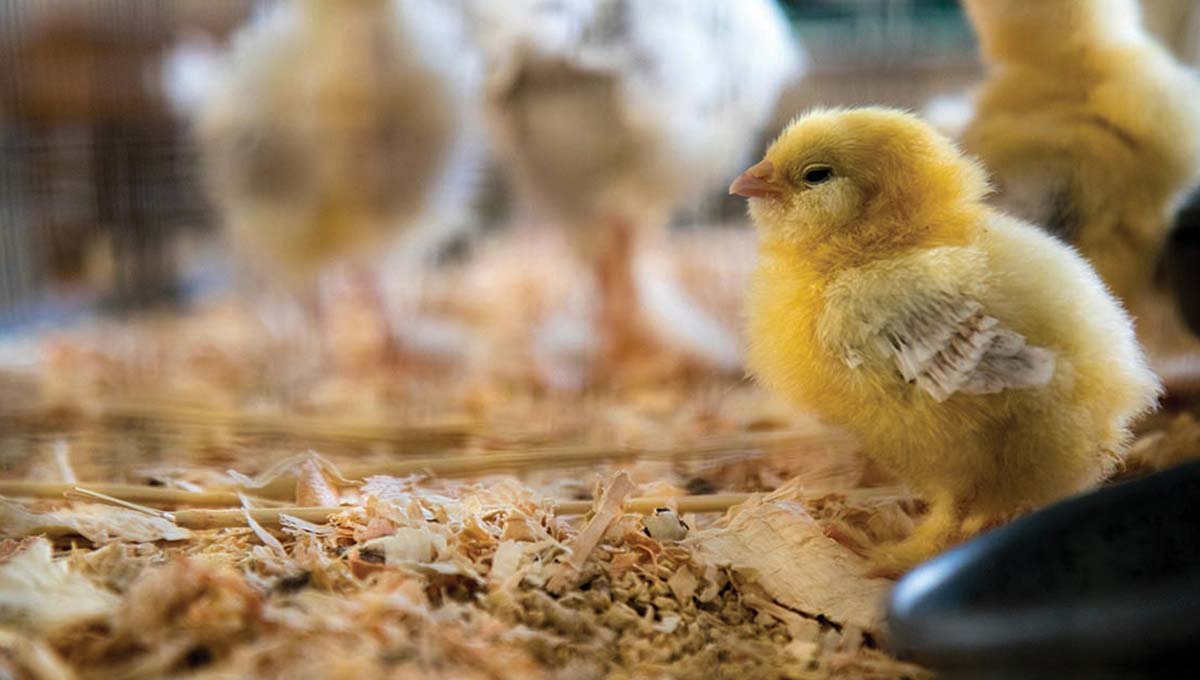Hatching shipped chicken eggs can be a rewarding experience, but it comes with its own set of challenges. Unlike locally sourced eggs, shipped eggs are subject to movement, temperature changes, and handling that can affect their viability. With the right knowledge, tools, and techniques, you can significantly increase your chances of a successful hatch. This comprehensive guide will walk you through everything you need to know to hatch shipped eggs successfully.
Understanding the Challenges of Shipped Chicken Eggs
Shipped eggs often endure rough handling, temperature fluctuations, and air cell disturbances during transit. These factors can reduce hatch rates compared to eggs sourced locally.
- Air Cell Damage: Shaking and jostling can cause the air cell inside the egg to detach or become uneven.
- Temperature Stress: Exposure to extreme heat or cold during shipping may impact embryo development.
- Rough Handling: Eggs can develop microscopic cracks or internal damage that reduces viability.
- Viability: Hatchability decreases over time.
Despite these risks, many people successfully hatch shipped eggs by following careful steps to stabilize and incubate the eggs properly.
Setting Up Your Incubator
Before you begin incubating, ensure your incubator is clean, calibrated, and ready to maintain the proper conditions. Place your incubator in a location free from drafts and direct sunlight. Appropriate venting, stable temperature, and humidity are key! It’s also a good idea to familiarize yourself with your incubator before ordering shipped eggs. Try hatching eggs from your own flock or a local source before investing in expensive or prized lines. Additionally, you may want to experiment with both “wet” and “dry” hatching methods. The following guidelines are for wet hatching; dry hatching will be covered another day.
- Temperature: Maintain a steady 99.5°F (37.5°C) for forced-air incubators or 100-101°F for still-air incubators. (99-102°F is considered a safe range.)
- Humidity: Start with 50-55% relative humidity for the first 18 days, increasing to 65-70% during lockdown. The ideal humidity level may vary based on breed and location.
- Egg Turner: Use an automatic egg turner or plan to turn the eggs manually 3-5 times daily after resting.
- Thermometers and Hygrometers: It’s highly recommended to purchase an additional calibrated hygrometer/thermometer combo device to monitor conditions accurately.
Preparing Shipped Eggs for Incubation
Proper preparation before incubation is critical for maximizing your chances of success.
- Unpack the Eggs Carefully: Upon arrival, inspect the eggs for visible cracks or damage. Cracked eggs should be kept away from undamaged ones. You can attempt to seal minor cracks with wax or nail polish, but this is not foolproof and could cause an egg to explode in your incubator.
- Should I clean my eggs? Eggs are protected by a natural bloom. Most debris can be removed with a clean, dry towel. If washing is unavailable, use an approved product such as TEK-TROL or hydrogen peroxide. Try to never handle your eggs with dirty hands.
- Let the Eggs Rest: Place the eggs upright (pointy side down) in an egg carton or tray. Allow them to rest at room temperature for 6-24 hours to help stabilize the air cells and internal temperature.
- Avoid Immediate Turning: Do not turn or rotate the eggs during the resting period. This allows the internal contents to settle.
Incubating Shipped Eggs
After resting the eggs, carefully place them in the incubator and follow these key incubation steps:
- Position the Eggs: Place eggs upright in the incubator with the large end facing up to stabilize the air cell.
- Adjust Turning: Delayed egg turning by 3-5 days if there is significant air cell damage. Use your judgment based on the condition of the eggs. If your auto-turner jostles the eggs too much, consider using a clean, trimmed egg carton or a specialized attachment to keep the eggs upright throughout the incubation period.
- Monitor Conditions Closely: Keep the incubator temperature and humidity steady. Avoid opening the incubator frequently, as this can cause fluctuations.
Lockdown and Hatching
The incubation period for chicken eggs is around 21 days. During lockdown, or the final three days (Day 18-21) plan to:
- Stop Turning: Stop turning the eggs during the lockdown period to allow embryos to position themselves for hatching. Eggs with saddled air cells can remain upright or be laid at an angle to encourage proper chick positioning.
- Increase Humidity: Raise humidity to 65-70% to prevent the membrane from drying out and trapping the chick.
- Avoid Opening the Incubator: Resist the urge to open the incubator until after the hatch is complete.
- Monitor Progress: Listen for peeping and look for external pips (small cracks in the shell) as signs that chicks are hatching. Some eggs may hatch a day or two earlier or later.
Post-Hatch Care
Once your chicks hatch, provide them with the care they need to thrive:
- Warmth: Use a heat source (e.g., brooder lamp or heat plate) at 95°F for the first week, reducing the temperature gradually each week.
- Food and Water: Offer chick starter feed, fresh water, and grit immediately.
- Monitor Health: Watch for signs of distress, such as lethargy, pasty butt, or poor eating habits.
- Brooder Setup: Ensure the brooder is off the floor, free from drafts, and lined with non-slip material. Avoid pine/cedar shavings, which can be toxic, and newspaper, which can be slippery.
Final Thoughts
Hatching shipped eggs presents unique challenges, but with patience, preparation, and attention to detail, it can be a rewarding process. By stabilizing the eggs, maintaining proper incubation conditions, and preparing for the hatch, you can greatly improve your success rate.
Ready to try it for yourself? Explore our marketplace for high-quality shipped hatching eggs and essential supplies—and start your hatching journey today!



